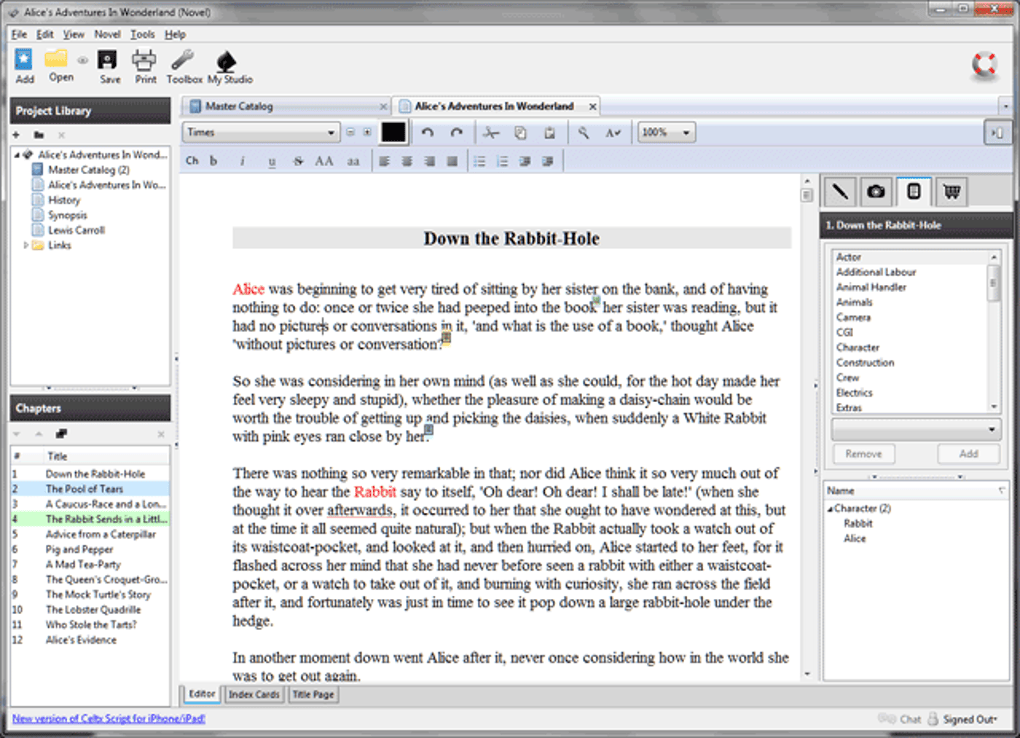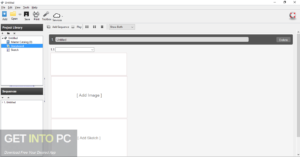
Although not all columns use dictionaries, all string columns do. A dictionary encodes the values in a column configured with a string data type or, in some cases, a non-string type if the column contains few distinct values. Notice that Figure 3 also shows several dictionaries, each associated with a specific column. Each row group contains a segment for each column, and together those segments contain the complete set of rows.įigure 3: A columnstore index broken into three row groups For instance, Figure 3 shows our columnstore index now broken into three row groups. When a columnstore index is broken into multiple row groups, each row group contains a set of complete rows. In such cases, multiple segments are created for each column and grouped into multiple row groups, one for each set of segments. Of course, a column’s data won’t always fit into a single segment, given the one-million-row limitation. Although we’ve seen giant leaps in processing and memory power, I/O remains a query’s weakest link, but the columnstore structure can help to reduce I/O significantly.

This is especially important to disk I/O. As a result, only the segments associated with the Make and ModelYear columns will be pulled into memory, thus limiting the resources necessary to process the query.

If we run the statement again, after creating our columnstore index, the query processor will use the columnstore index, rather than the clustered index. We’ll look at row groups in more detail shortly, but first let’s return to our SELECT statement. The matched rows across all segments form a row group. For example, the second row in each segment in Figure 2 all point to the same car: the blue 2003 Saturn Ion with an ID of 102. The data within each column’s segment matches row-by-row so that the rows can always be assembled correctly. Data is transferred from the disk to memory by segment, not by page.Ī segment is a highly compressed Large Object (LOB) that can contain up to one million rows. However, a column can span multiple segments, and each segment can be made up of multiple data pages. A segment can contain values from one column only, which allows each column’s data to be accessed independently. In the columnstore index shown in the figure, each column is its own segment. As you can see, the data is no longer stored by row.įigure 2: Retrieving data from a columnstore index Figure 2 illustrates what such an index might look like. Whatever columns we include, all of them are stored as columns within the index. In this case, we’re including all columns in the index, to be consistent with our clustered index, though in actually we would probably include only some of the columns. Now let’s look at what happens when we create a columnstore index on the table. In other words, the system wastes valuable I/O and memory resources to retrieve unnecessary data.

When the database engine processes the query, it retrieves all three data pages into memory, fetching the entire table even though most of the columns aren’t needed.
#Download celtx basic for pc code#
The following T-SQL code shows the table definition: To better understand how this structure works, let’s look at a simple table ( AutoType) that stores automobile-related data. The Columnstore StructureĬolumnstore indexes are based on xVelocity (formerly known as VertiPaq), an advanced storage and compression technology that originated with PowerPivot and Analysis Services but has been adapted to SQL Server 2012 databases.Īt the heart of this model is the columnar structure that groups data by columns rather than rows. This structure can offer significant performance gains for queries that summarize large quantities of data, the sort typically used for business intelligence (BI) and data warehousing. A columnstore index organizes the data in individual columns that are joined together to form the index. A columnstore index stores data in a column-wise (columnar) format, unlike the traditional B-tree structures used for clustered and nonclustered rowstore indexes, which store data row-wise (in rows).

Columnstore Indexes in SQL Server 2012 - Simple Talk Skip to contentīeginning with SQL Server 2012, you can now define columnstore indexes on your database tables.


 0 kommentar(er)
0 kommentar(er)
